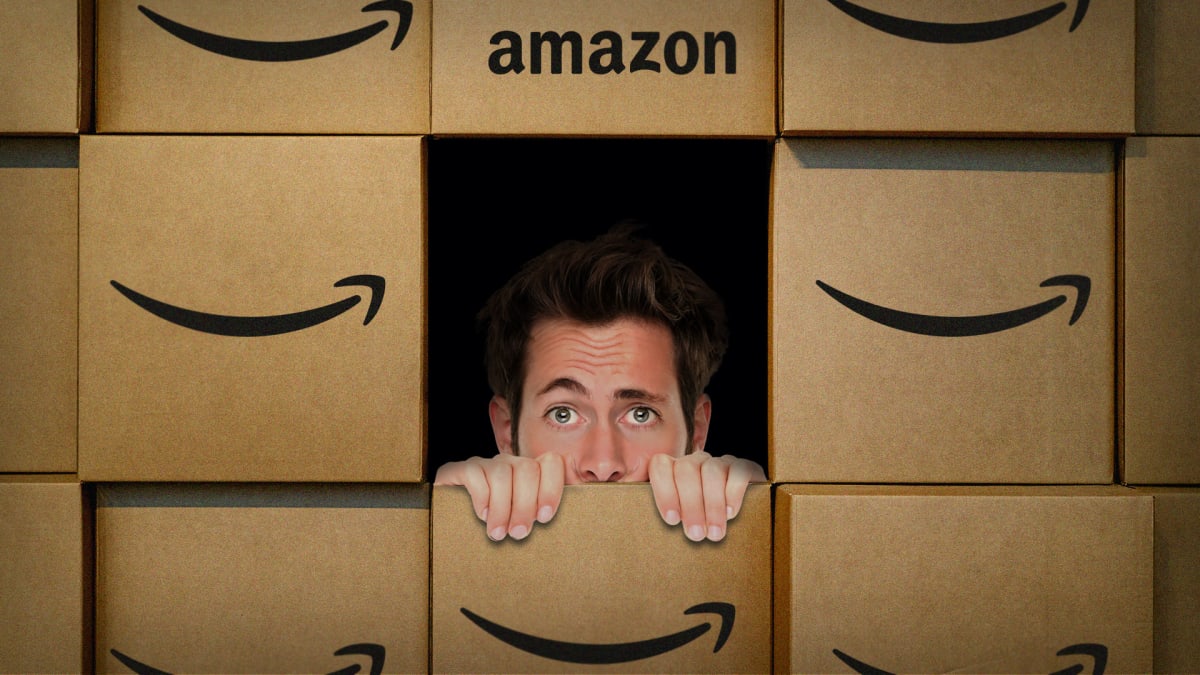
Since its debut in 2015, Amazon Prime Day has completely scrambled the retail calendar.
Amazon Inc. (AMZN) single handedly created a new major sales event on par with Black Friday, the day after Thanksgiving, and the traditional start of the holiday shopping season. What more, the e-commerce giant scheduled Prime Day on July 12, normally a dead period for retail between Fourth of July and Labor Day.
Amazon forced other major retailers like Walmart (WMT) and Target (TGT) to dig deep into their profit margins and offer comparable deals lest they lose major market share to their rival.
The potential sales are enormous. Coresight Research estimates the global market value of Prime Day last year was $9 billion, about $1 billion more than 2021.

Image source: STEFANI REYNOLDS/AFP via Getty Images
Price Hikes Led to Prime Defections
But as Amazon approaches its eighth Prime Day, the company faces an ironic problem: fewer Amazon Prime members. That’s a big deal (pun intended) since only Prime members can shop Prime Day deals.
In its most recent survey, Coresight found that only 72.5% of consumers say they have access to Prime membership benefits. That marks the first time the figure has fallen below 75%, or three quarters of surveyed consumers since 2018.
One factor behind the decline is Amazon’s decision last year to hike the price of annual membership to $139 from $119, a hefty 14% increase. And there’s rumors that Amazon will raise the price again.
Winning Consumers Back
Wary of losing too many Prime members, the company has offered new enticements, including PrimeRX, which offers savings on pharmaceuticals, and possibly free mobile service.
And with the company’s new Buy with Prime program, which it launched last year, members can access invite-only Prime Day discounts for items that typically sell out quickly via other retailers’ websites.
So Amazon has a little more riding on Prime Day this year. Not only does the retailer want the retail holiday to generate big sales but also attract new Prime members and/or regain the ones they lost because of the price hikes.







